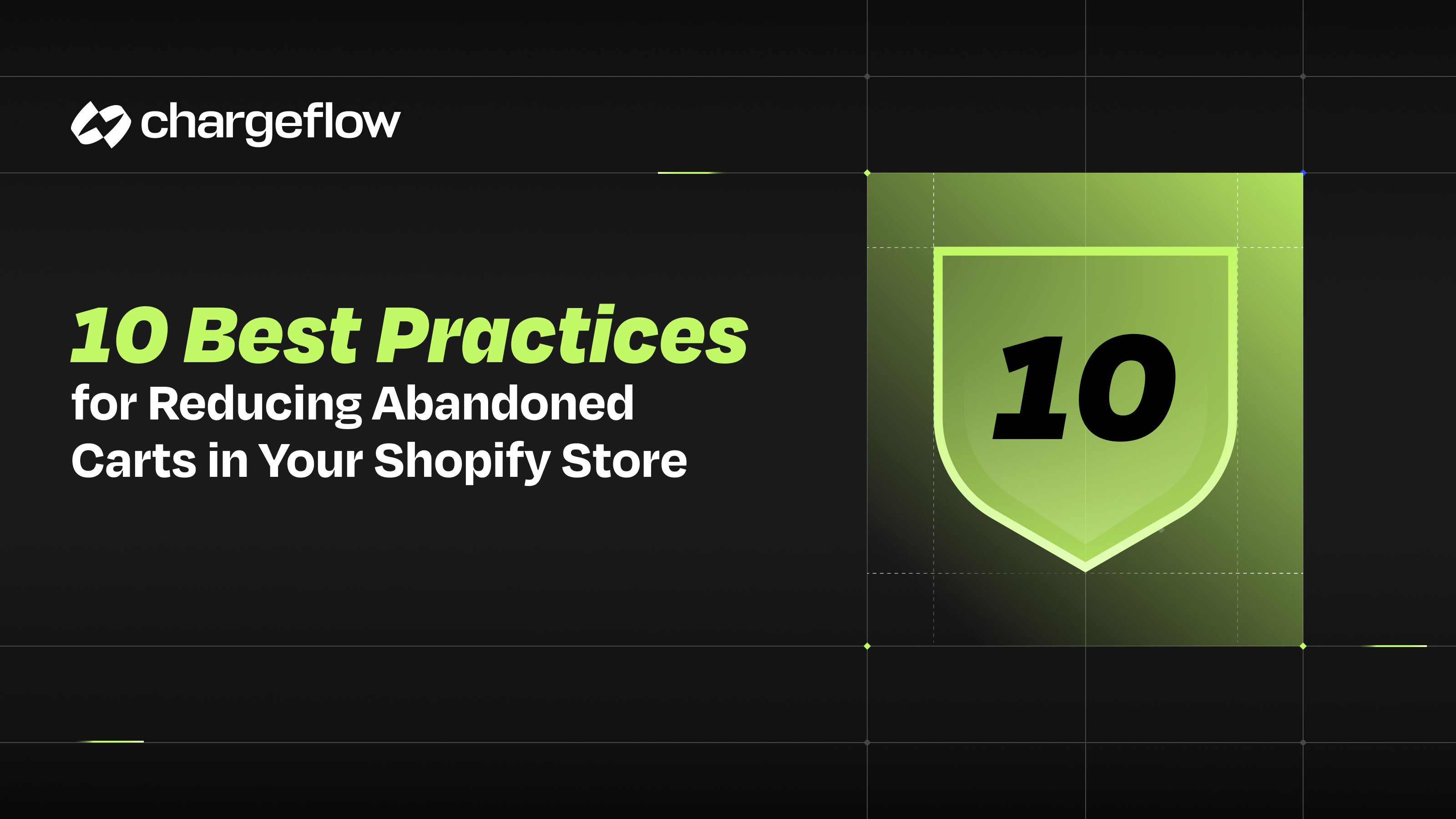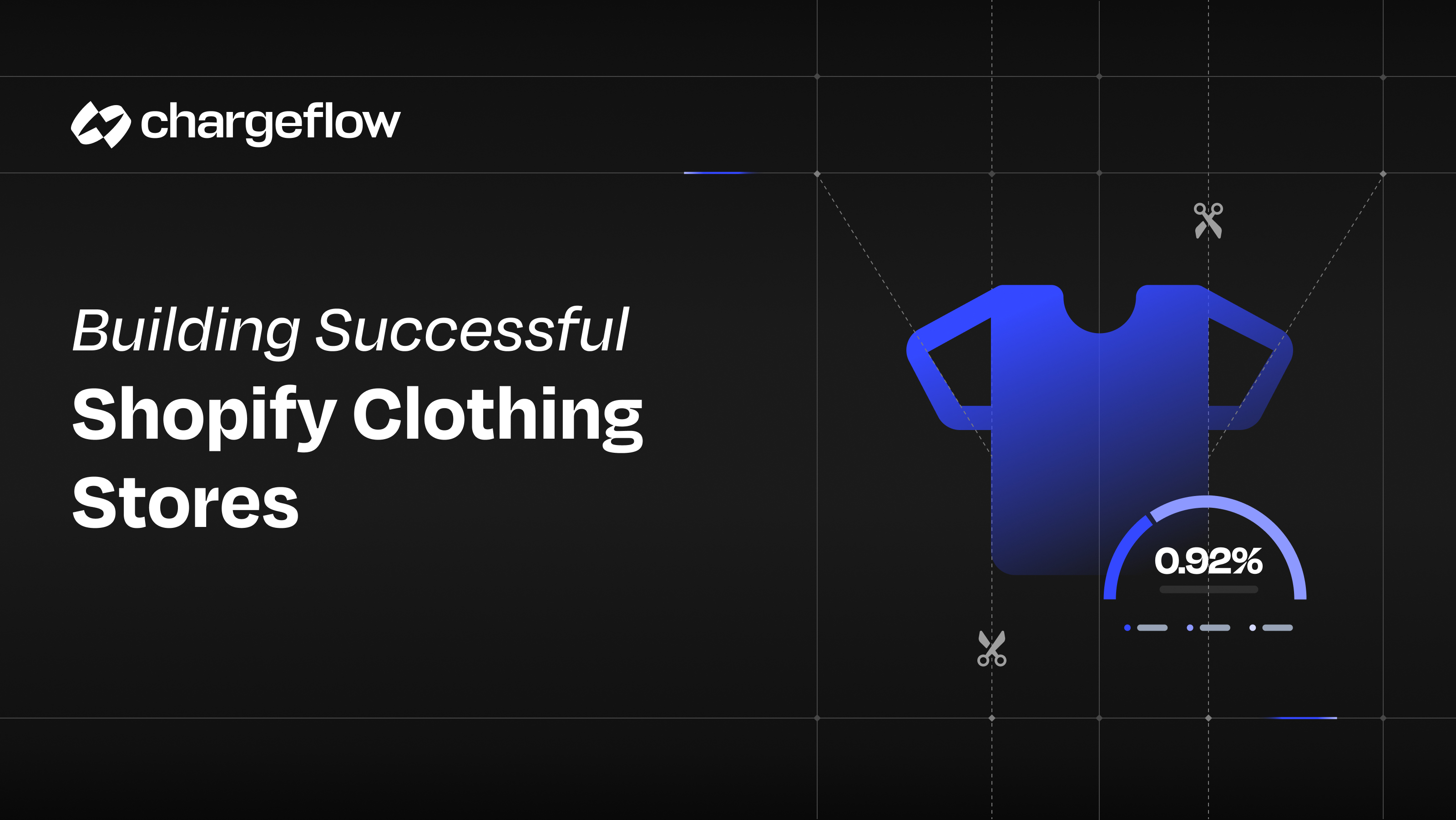Securing eCommerce Transactions with Virtual Account Numbers

Chargebacks?
No longer your problem.
Recover 4x more chargebacks and prevent up to 90% of incoming ones, powered by AI and a global network of 15,000 merchants.
A virtual account number is a temporary code generated for online transactions instead of a permanent one, keeping the user's actual card data private.
Statista says the United States experienced 1,802 data breaches in the year 2022, which compromised the data of over 422 million individuals through exposure, leakage, and data breaches. Although the three events are distinct, they all share one common outcome: unauthorized access to sensitive data by a fraudster.
Con artists are constantly devising new ways of taking advantage of online shoppers, which often leads to chargebacks.
That's where Virtual Account Numbers (VANs) comes in: to help secure eCommerce transactions.
Virtual account numbers are unique, one-time-use numbers that act as a barrier against potential threats in online shopping. They serve as a secret, disposable shield for your payment details, protecting you from the prying eyes of fraudsters while minimizing billing error and overcharge risks.
But are they the magic wand you need to deal with the rising threat of online scams and payment fraud? Let's find out.
The Role of Virtual Account Numbers in eCommerce Transactions
A virtual account number is a temporary code used for online transactions instead of a permanent one, keeping the user's actual account information private and secure.
Banks offer VANs as part of their fraud prevention fiduciary responsibilities, and cardholders must opt-in to use the service. Sometimes, they'll also be required to download an app or browser extension to activate the service.
The program requires user authentication with a username and password before purchases can go through. At that, the issuing bank will generate a proxy account number instead of the user's account details for the transaction.
The principle is that with such a willy-nilly account number, it'll be impossible for fraudsters to figure out the user's card details. More so, the lifespan of VANs is limited, making them useless even when a scammer manages to intercept them.

In more specific terms, virtual account numbers play three crucial roles in helping to secure eCommerce transactions:
- Enhanced Security for Online Transactions
Data breaches and identity theft are becoming increasingly commonplace, making VANs extremely useful. When customers buy something online, they can use a unique virtual account number to keep their actual card data separate from potential threats. That means the main card details remain untouched and safe even if someone gains access to the VAN.
- Mitigating the Risks of Card Not Present (CNP) Fraud
CNP fraud poses a significant threat in eCommerce. Estate suggests CNP will account for $200 billion in losses to eCommerce businesses by 2025. Virtual account numbers can reduce exposure to such criminal activities by allowing users to generate a single-use token for each transaction. Since VANs have limited validity and can't be reused, the risk of CNP fraud drops drastically.
- Countering Account Takeover (ATO) Fraud
Account Takeover (ATO) fraud occurs when a cybercriminal gains unauthorized access to your account to wreak havoc. Buyers can set their VANs with specific spending limits, restricting potential damages. Even if an attacker gets hold of the VAN, they won't be able to abuse it beyond the pre-defined limits.

What Are the Benefits of Using Virtual Account Numbers?
Just like EMV tokenization technology, VAN only serves the transaction in focus. Some programs allow account holders to set specific usage parameters on their VAN, including usage period, time limit, and spending cap. Here are more benefits of using VAN for fraud prevention:
- Security Fortress: VANs shield your sensitive payment information, keeping them hidden from prying eyes. VANs act as a buffer between your primary payment method and the online merchant, so your accurate financial details remain secure even if a cyber crook manages to intercept the transaction, as we noted earlier.
- Minimize Data Breach Risks: Again, as VANs are one-time use or limited-use numbers, unlike traditional credit cards, each transaction generates a unique VAN, rendering it useless for future unauthorized purchases.
- Convenience and Peace of Mind: When transacting on new or untrusted sites, VAN protects private data from potential losses. They enhance your peace of mind while shopping online. You no longer need to worry about your card details falling into the wrong hands or getting lost in the vast cyber abyss.
- Zero Impact on Credit Score: Using VANs won't impact your credit score in any way. Since you don't link your VAN to your credit card, your financial reputation remains untarnished, freeing you to enjoy your online shopping spree without worries.
- Safe Haven for Recurring Payments: The set-and-forget nature of subscription billing means buyers often forget to cancel programs they no longer need until it's too late. More so, some subscription services automatically renew after a period of inactivity, regardless of user preference. VAN helps users avoid such inconvenience by allowing them to set their cards to expire after a definite period, limiting any automatic subscription renewal.
- Time-Sensitive Security: VANs come with built-in expiration dates. This means that even if a hacker obtains the VAN details, they won't be useful for long. You can rest easy knowing your transaction security is time-sensitive.
- Reduced Billing Errors: Virtual account numbers help you limit clerical errors that result in overcharges since users can preset recurring bills on their cards. If the merchant bills you beyond the actual amount, you can quickly spot the error and seek remediation.

Are there Downsides to Virtual Account Numbers?
The limited adoption of virtual account numbers may seem unimaginable, given how effectively they can prevent fraudulent activities. Yet, VAN has significant downsides, such as the inconvenience of generating new virtual accounts.
Using virtual account numbers for online transactions can also cause hiccups. For example, merchants often face significant complications when using credit card numbers for buyer identity verification if virtual cards are involved, especially vendors in verticals like travel and hospitality. Below are some notable downsides of VAN.
- Difficulty with Returns
Chief among the troubles VAN presents is the challenge with refunds and returns. Traditionally, product returns require the merchant to issue When a customer returns a product they purchased due to processes and issue a refund to the card number associated with the purchase. However, if they used a virtual account number for the transaction, the original card number may no longer be valid. If you, the merchant, do not arrange an alternative way to refund the amount, the customer may lose patience, assume that the merchant is ignoring their issue, and seek remediation from their bank by filing a chargeback request.
- Identify Verification Inefficiencies
Some verticals, like airlines, rentals, and healthcare, require physical credit card verification for online or phone transactions. Like the issue above, a virtual account number will not suffice for such proof. And there are no harmonized standards for how merchants can approach such situations. Some states have restricted virtual account numbers as payment for medical providers.
- Most People Don’t Understand Virtual Cards
Another crucial drawback of virtual credit cards is very few banks still offer the service. The ones that do, like CapitalOne, Citibank, and Wells Fargo don't neccesarily advertise it. You can only onboard the program if you go looking for it.
Final Words on Virtual Account Numbers
In light of the highlighted pros and cons, it doesn’t seem like virtual account numbers are the future of digital commerce. More so, new service offering from major credit card networks, like Click to Pay, could eclipse virtual account numbers.
Again, while VAN can help protect cardholder data from hackers and scammers, they are note a foolproof solution against theft. This is mainly due to their inconvenient usage, verification issues, and the fact that they do not offer additional liability protection for stolen card numbers.

Chargebacks?
No longer your problem.
Recover 4x more chargebacks and prevent up to 90% of incoming ones, powered by AI and a global network of 15,000 merchants.






























.png)








